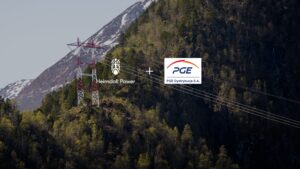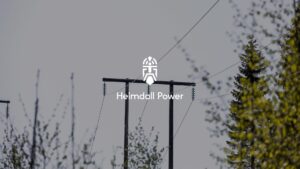We are proud to announce our cooperation with TenneT GmbH to monitor vibration and galloping lines in their transmission grid. Galloping lines can lead to substantial material damages and to outages, which can be very costly for society. Early detection of vibrations enables TenneT to manage the issue before it leads to outages.
TenneT is a leading European electricity transmission system operator (TSO), with activities in the Netherlands and in Germany. Tennet is tasked with ensuring a reliable and uninterrupted supply of electricity in the high-voltage grid for some 42 million people.
TenneT has experienced problems with galloping lines for several years on some lines, and in one incident the interphase spacers, which were installed to prevent flashovers, i.e. sparking between two lines, were damaged. Galloping lines and flashovers can lead to substantial material damage and to outages, which can be very costly for society.
Heimdall Power´s vibration monitoring enables early detection of situations that can lead to galloping lines, and this will give us more knowledge about the situations that cause this and the possibility to eventually prevent galloping in the future.
Dr. Christoph Kandlbinder-Paret, responsible project manager at TenneT GmbH
TenneT will use Heimdall Neurons to monitor low-frequency conductor vibrations. The Heimdall Neuron can detect any vibrations in the line, up to 70 Hz, and can determine whether the vibrations in the line are aeolian vibrations (induced by laminar wind 1 – 7 m/s, high frequency, and low amplitude,) or galloping lines (low frequency (0.1 – 3Hz) and high amplitude).
The project is due to start in October and will give TenneT real time data about the selected lines and more information to support data driven decisions. We call this the Power of Knowing.
Galloping lines
Galloping power lines can occur when freezing rain creates icicles and odd-shaped ice on transmission towers and conductors. High winds push on the icicles and conductors and lift them up, creating a galloping, or jumping, motion. This can lead to breakage with consequent material damage and outage. This can be very costly to repair. Targeted monitoring and early warning systems can help manage and prevent damages of such events and thus save large values for the company and not least for society when the chance of outage is minimized.
Please contact VIVI to know more






